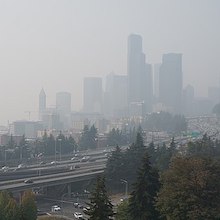
by Susan Keown | Jul 4, 2022 | ScienceWire
Ashi Blow (@ashliblow) writes for Crosscut about the impacts of climate change on the mental health of people in the Seattle area, as floods become commonplace in South Park, wildfire smoke causes breathing difficulties and forces people inside in late summer, and we...
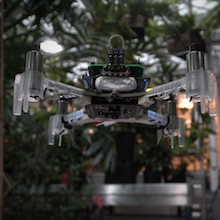
by Susan Keown | Jul 4, 2022 | ScienceWire
Writing for Oregon Public Broadcasting, Jes Burns (@radiojes) tells us about the “Smellcopter,” a machine that uses the antennae of the Carolina sphinx moth to detect odors, and could one day locate dangers such as chemical leaks or sniff out missing people. Unlike an...
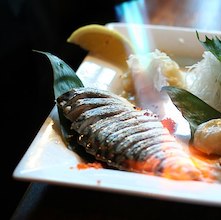
by Susan Keown | Jul 4, 2022 | ScienceWire
Ian Rose (@ianrosewrites) writes for Hakai Magazine about how scientists are using more than a century of menus from restaurants in West Coast cities, such as the venerable Hotel Vancouver in B.C., to understand how the ocean has changed during that period. A century...
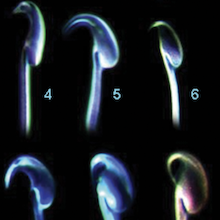
by Susan Keown | Jun 3, 2022 | ScienceWire
For The Scientist, Natalia Mesa (@natmesanash) explored the mystery of why the sperm of most mouse species have hooks on their heads. The bigger hooks slow down the sperm as they swim — so why are they there? Some scientists point to competition between sperm as a...
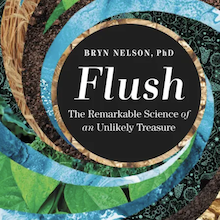
by Susan Keown | Jun 3, 2022 | ScienceWire
Bryn Nelson (@SeattleBryn) has published a new book, “Flush: The Remarkable Science of an Unlikely Treasure” about how human feces could advance medicine, be a sustainable energy source, fuel agriculture and more — if we can get over our shame and disgust long enough...
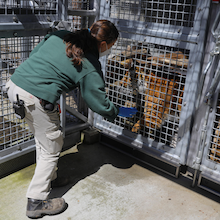
by Susan Keown | Jun 3, 2022 | ScienceWire
Writing for Crosscut, Hannah Weinberger (@weinbergrrrrr) goes behind the scenes with zookeepers in Seattle to learn how they administer vaccines and blood draws to their animals. With lots of training and plenty of delicious rewards, many animals are willing to...







